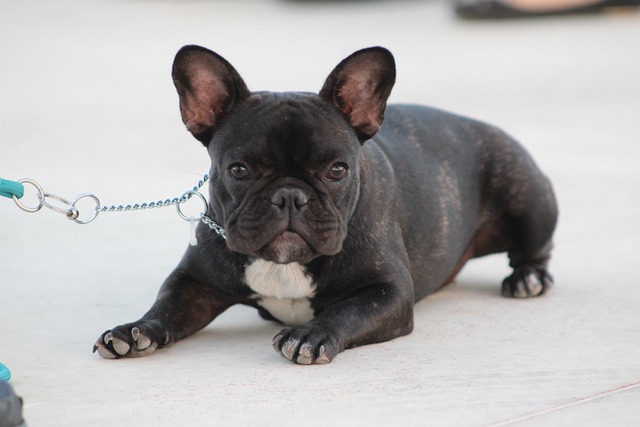
How do i train my dog to be obedient?
Watching your dog dart across the park ignoring your calls isn’t just frustrating—it can put them at risk near busy streets or public spaces.
Dogs thrive on routine, and that’s especially true when it comes to bathroom habits. Start by taking your puppy or adult dog outside first thing in the morning, right after meals, and before bed—consistency here lays the groundwork. When they do their business outdoors, reward them immediately with a treat or excited praise; this positive reinforcement helps them link the act to good things. It’s not just about timing, though. Pick a specific spot in your yard or a nearby green space—familiar scents will encourage them to return there, reducing the urge to go indoors.
Accidents happen, especially with young pups still learning bladder control. If you catch your dog mid-accident, make a gentle noise to distract them, then quickly take them outside. Once they finish there, praise them warmly. Never scold or punish them after the fact—they won’t connect the discipline to the earlier mistake, and it might make them afraid to go near you when they need to relieve themselves. Clean any indoor messes thoroughly with an enzymatic cleaner to eliminate odors; leftover smells can draw them back to the same spot.
 Pay attention to your dog’s signals—pacing, sniffing the floor, or circling are common signs they need to go out. Puppies, in particular, have small bladders, so they’ll need more frequent trips—about every 2–3 hours for a young one. As they grow, you can gradually extend the time between outings. For adult dogs, adjusting their feeding schedule can help too; feeding them at set times makes their bathroom habits more predictable, making it easier to plan outdoor trips.
Pay attention to your dog’s signals—pacing, sniffing the floor, or circling are common signs they need to go out. Puppies, in particular, have small bladders, so they’ll need more frequent trips—about every 2–3 hours for a young one. As they grow, you can gradually extend the time between outings. For adult dogs, adjusting their feeding schedule can help too; feeding them at set times makes their bathroom habits more predictable, making it easier to plan outdoor trips.
In many places, local laws require dogs to be leashed in public areas, even when they’re relieving themselves. Keep a short leash handy during bathroom breaks to stay compliant and keep your dog safe. Some neighborhoods also have strict rules about cleaning up after your pet—always carry waste bags and dispose of them properly. Following these guidelines not only keeps you on the right side of the law but also helps maintain good relationships with neighbors.
With patience and consistency, most dogs learn to hold it until they’re outside within a few weeks or months. Remember, every dog is different—some might catch on quickly, while others need a little more time. Stay calm, stick to the routine, and celebrate small wins. Before long, indoor accidents will be a thing of the past, and you’ll both enjoy a cleaner, happier home.

Watching your dog dart across the park ignoring your calls isn’t just frustrating—it can put them at risk near busy streets or public spaces.

New puppy owners often find themselves rushing to clean up accidents before they set in, and that’s where puppy pad training becomes a game-changer.

If you've noticed your dog's waistline disappearing and your veterinarian has mentioned those few extra pounds, your first instinct might be to simply reduce the amount of food in their bowl.

Training a dog to use a designated spot indoors isn’t as daunting as many new owners fear, but it does take consistency and an understanding of your pet’s needs.

That moment of dread on a walk is all too familiar for many new dog owners. You see another dog approaching down the sidewalk of your neighborhood

If the sight of another dog on your neighborhood walk makes your heart sink as your own dog erupts into a frenzy of barking and lunging, you're not alone.